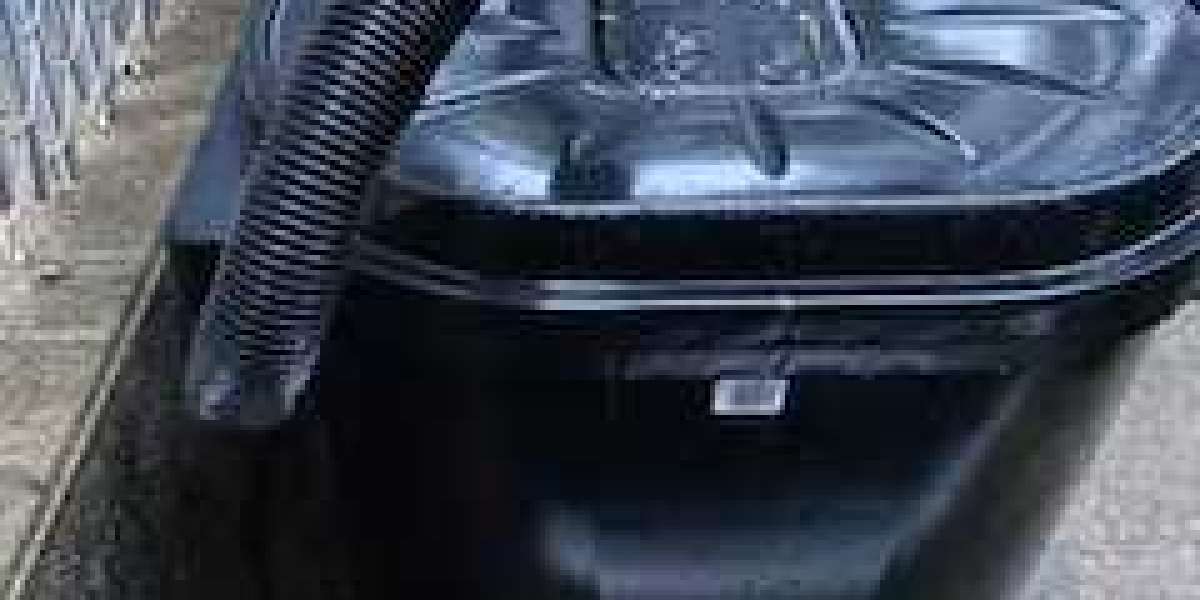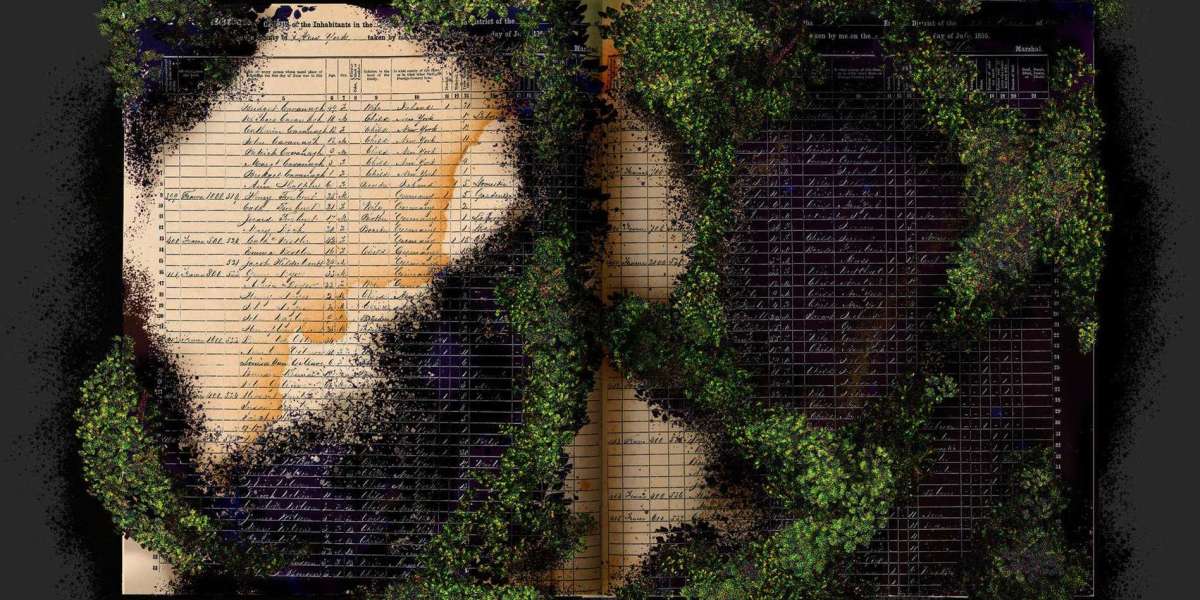Rainwater Harvesting
Have you heard of Rainwater Harvesting? If not, join the club. As part of my horticulture journey, what I unearth to date is that a whole new language exists relating to gardening. Though unique from my perspective, I am indeed ready for the challenge. Today, we are exploring the concept of Rainwater Harvesting. Why? Because the More you know, the More you grow. Let’s get it.
First let’s acknowledge the importance of one of the most basic resource that we frequently ignore until recent times. That’s right, it is water. Collectively, the globe has come to the realization that eventually we are likely to run out of water. While most have been schooled about water as a basic need we never thought running out of water can be a topic for debate. Well, in the 21st century we are facing that reality as we speak. We may be well on our way of having a global water crisis including the western countries. In the news, we should be aware of the drying up of various reservoirs in the USA western states to include Nevada, Colorado, and even California. So, what we thought once was may no longer be. This is not just for the western part of the US rather all regions. Keep in mind, despite being a natural resource, numerous factors including extremely high consumption rates, high infrastructure costs, and random weather patterns have made it an expensive commodity. This post is to inform you of one option of collecting rainwater whether in urban, suburban or rural America or outside of the US, hence the term Rainwater Harvesting. The below picture illustrates the drying up of reservoirs in the western parts of the US.

Now back to Rainwater Harvesting. Drum roll pleassseee. Rainwater Harvesting is the collection and storage of rain. Rainwater is collected from a roof-like surface and redirected to a tank, cistern, deep pit (well, shaft, or borehole), aquifer, or a reservoir with percolation, so that it seeps down and restores the ground water. Another option is a barrel with an open net that will catch the rain when it comes down directly from the heavens. See an example of my rain barrel for harvesting rainwater. While rainwater harvesting is customarily used to capture water for individuals residing in dryer climates, in this era, you may want to harvest rainwater just in case the elites have other plans. Rainwater can be precious especially for those who face water scarcity at some point of the year. In these precarious times, if you harvest rainwater, then you can save a lot of money, time, energy, and maybe life. Just saying…. So. How can rainwater be effectively harvest? According to the experts, you should consider the following:
The best way for rainwater harvesting
- Start 1 month before the rainy season. Dig a hole in your garden. It should be aways from your precious plants and trees.
- Make the pit or hole at least 4-5 feet deep.
- Fill the 6inch bottom with pure clean sand. This will filter any dirt from the flowing water.
- Above this layer place a 6-inch layer of wood ash and charcoal pieces. This layer will filter the germs and bacterial traces and make the water clean.
- If you want to use the harvested water for household then just leave the pit as it is. Just place a cover over it so that no one falls in it.
- Else for improving underground water and keep your plants healthy. You should fill the rest 80% of your pit with organic matter. Don’t worry you have a whole month for this job. Dump your kitchen waste daily in the pit. Avoid dumping of plastic or any non-biodegradable matter.
- Mix everything Just 1 week before the monsoon. You should mix this compost like mater with 20% sand and 2% fungicide. After that turn, it upside down.
- After two days, press all the matter inside the pit. Use anything heavy to make some space. Again put some sand over it and your small rainwater harvesting pond is ready.
- Now, Its time to make trenches and tunnels to flow water to this artificial pond. These trenches will draw water from all over the garden.
- Leave this pit as it is for the whole rainy season.
Rainwater Harvesting via pond or pit has two advantages.
- Prevent waterlogging in the garden.
- Effectively save rainwater for future use.
If you reside in more urban communities or heavily regulated suburban communities, then consider capturing and storing your free rainwater in a barrel.
Rainwater Harvesting using a Barrel
With a rain barrel, you can harvest more than enough water to use in your home and water your garden. Compared to tap water, rainwater is naturally softened water that doesn’t have calcium, lime, fluoride, or chlorine; rainwater is the best option for your plants. After all, the water companies add these chemicals to help make tap water safer for human consumption. Unfortunately, these chemicals in tap water can cause stunted growth in some plants, unless you have a filter system installed.
Rain barrels afford the homeowner an opportunity to collect and save water for future use in your home including emergencies. Other than watering your plants, even the drought-resistant plants, the harvested water can be used to clean the house, wash your car, wash your clothes, and even flush the toilet, bathe etc. Depending on the type of rain barrel you purchase, one may consume drinkable rainwateralong with a filter system to filter out the unknown particles. When I purchased my rain barrels, I was new to the process. I was informed typically the black barrels are not for drinking consumption but the blue or white barrels that has the BPA free labeled, is approved for water consumption. Currently, I have three rain barrels, two black and blue. While the black barrels capture rainwater. the blue barrel will be used to pour bottled water into the 50 gallon barrel. It’s about assessing your situation including space and environment.
Pros of Harvesting with a Rain Barrel
1-it will help lower your water bills
2-Rain barrels are low-maintenance
3-Rain barrels are easy to install
4-Installing Rain barrels can prevent soil erosion and puddling on your land
Cons of Owning a Rain Barrel
1-The collected water is not clean enough for drinking
2-To collect enough water, you will need more barrels
3-You may struggle to fill your barrels during the dry seasons (in the NE we had enough rain to combine with the heat)
4-During the frigid months, your Barrel may crack and ultimately your harvest water will leal. This occurred to me last winter.
Final Words,
If we have learned anything from our faith walk, is that we should stay awake, have our oils trimmed, and be prepared like the ants. I pray this post was of help to you and your family. Please feel free to place feedback and suggestions in the comment section.
The More you Know, the More you Grow
#Healthy-Wealthy #urbangardening #laboroflove
Shalom
Sis CeeCee














